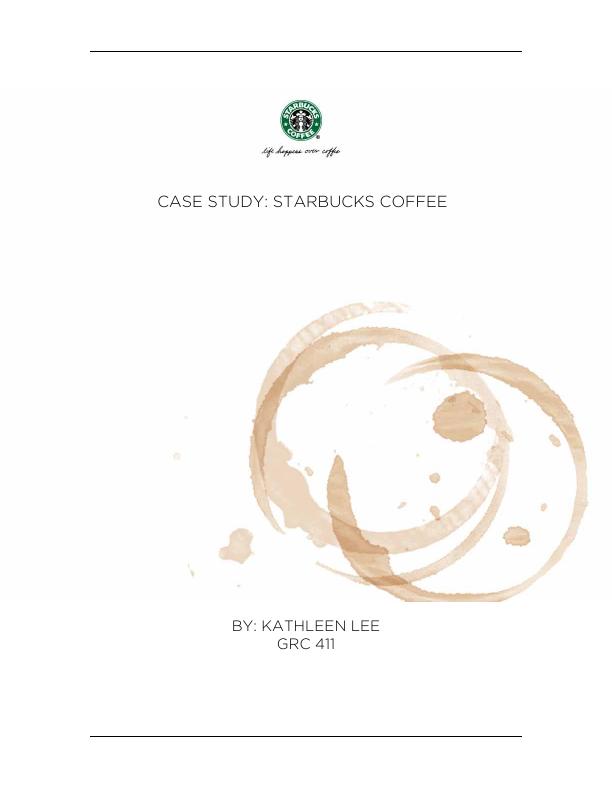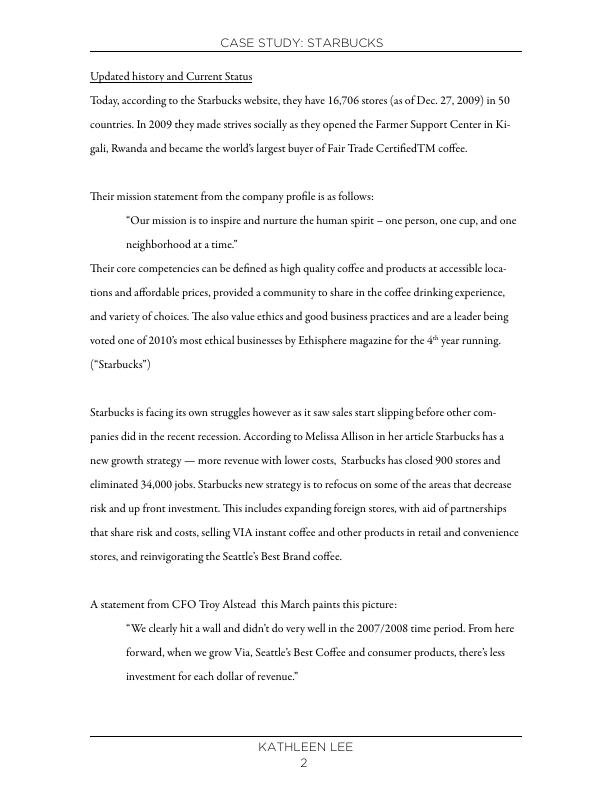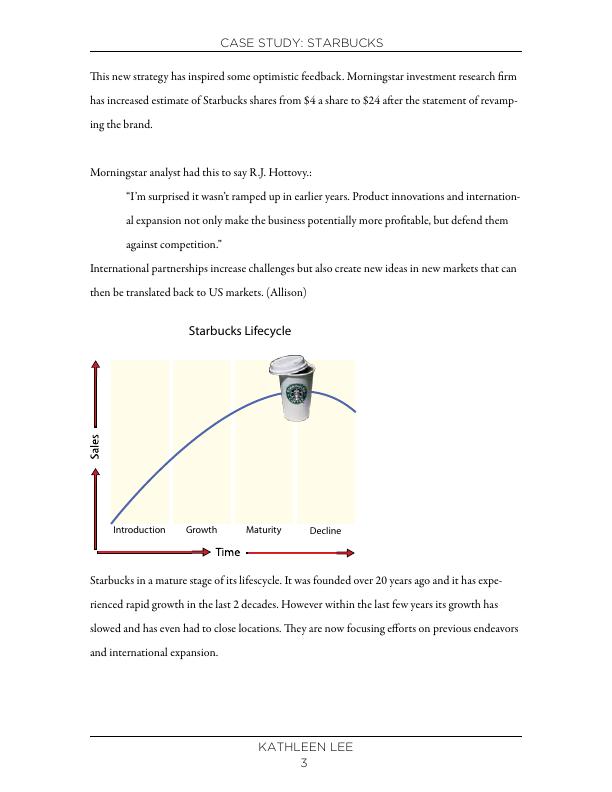Case study of Starbucks coffee
14 Pages2816 Words43 Views
Added on 2022-05-25
About This Document
This document is a case study of Starbucks coffee by Kathleen lee. The first Starbucks location opened in 1971. The name is inspired by Moby Dick’s first mate. This name and the mermaid logo were inspired by the love of the sea, from Starbucks original location in Seattle Washington in the heart of Pike Place Market. Starting as a single shop specializing in high quality coffee and brewing products the company grew to be the largest roaster in Washington with multiple locations until the early 80’s. Further you will be able to know about starbucks in the given document.
Case study of Starbucks coffee
Added on 2022-05-25
ShareRelated Documents
End of preview
Want to access all the pages? Upload your documents or become a member.
Starbuck Company Background (PDF)
|39
|6292
|300
Starbucks: Overview, History, Products, Market Segment, SWOT Analysis, Recommendations and Conclusion
|10
|680
|167
Business Plan for Starbucks - Marketing Strategy, SWOT Analysis, and Financial Projections
|16
|3123
|494
A Global Strategic Analysis of Starbucks Corporation
|14
|3514
|158
The Starbucks - Strategies | Case Study
|12
|3270
|254
Business Case Study - STARBUCKS: VENTI LEASES Group #5 Prepared for: Professor Ramesh Saxena ACCT 4000 RLA Humber College
|13
|2725
|45




